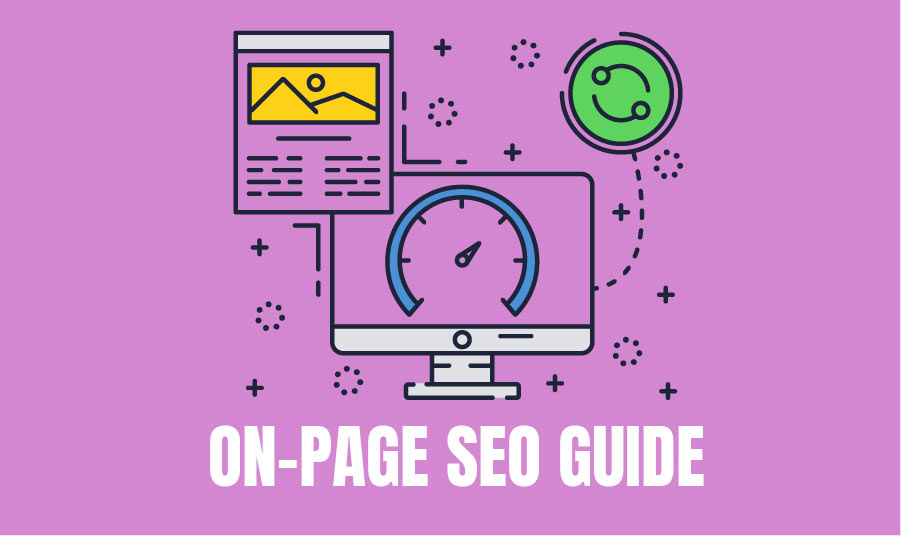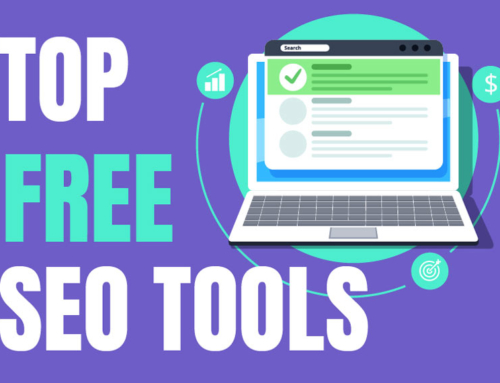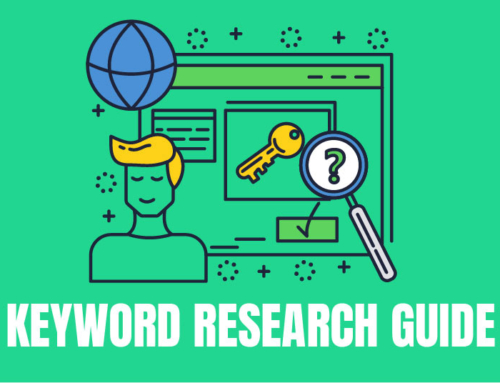Alright, so you want to know the answer to, “what is on-page SEO?”, and how does one leverage it in order to rank higher in the search engines?
You’ve come to the right place.
On-page SEO is the practice of strategically optimizing web pages in order to help them rank higher in the search engines. Overall, the end goal is to increase the organic traffic you receive to your website. And we all know that an increase in organic traffic leads to an increase in conversions, loyal customers and of course – sales!
But what’s involved in this on-page SEO optimization process, and how can you leverage it in order to reap the benefits yourself?
We’re going to get into that shortly. First, it’s important to realize that the exact-keyword placement theory of SEO is no longer relevant. As in, you no longer have to match exact keywords in your title, Meta description, URL, etc. even though we’ve been taught to do so for such a long time now. This is an outdated SEO technique that Google has out-smarted.
Now-a-days, Google has an algorithm intelligent enough to be able to understand what users are actually searching for, and can place the most relevant results in front of them. For example: If you’re looking to buy a new cell phone, and you search “best iphone”, Google will produce results that discuss what the best iPhones are, guides to purchasing your next iPhone, and “Which iPhone Should you Buy?”, rather than displaying results solely because their title, meta description and URL mention the exact keyword phrase “best iphone”.
Google gets you. It knows what type of results you’re actually searching for.
Here are the best on-page SEO tips to follow going forward:
It’s ALL About ‘Search Intent’
By definition, search intent is the consumer’s intent, or the “real meaning” behind Google searches. In other words, it’s the “why” of the keywords.
As previously mentioned, Google no longer ranks web pages based off of them having an exact keyword title, meta, URL and heading(s). Google’s graduated from that SEO strategy and now ranks pages based off of user’s intent. That said, you must consider the user, what they’re searching for and, possibly more important, why they’re searching for it. When you choose the type of information you’ll be including in your titles, meta description, URL and headings of the content you publish, think of user search intent.
What would you type in to a search engine if you were to be looking for information based around the content your web page is publishing? It’s likely you’d search Google using the same terms everyone else would – it’s all about search intent.
Web Page Load Speed
Another important factor in regards to on-page SEO success, is your web page loading speed.
If your page is taking ages to load, Google won’t be ranking it amongst its superior competitors – who’s web pages load at the speed of light. Page speed is a serious ranking factor.
Here are two of the easiest ways to improve the load speed of your web pages:
- Reduce Image Size – Hopefully you’ve been reducing the size and quality of any and all images published on your web page from day 1. However, if you haven’t, or if you’ve only slightly reduced the size of your images, you’ll want to go back and MAKE. THEM. SMALLER. You’d be surprised just how much the size of the images on your page affect your site load speed.
- Get Rid of Useless HTML – Did you know that every character of HTML has to load? And, did you know all of those extra, useless characters cause your page to load at a much slower rate? Yeah… It’s time to get rid of any and all useless HTML coding you’ve got on your website. Keep only what you need.
Keep URLs Short & Descriptive
Think of it this way: When you read the URL you’ve got on one of your web pages, are you able to decipher what that page is all about within its URL?
If not, or if the URLs you currently have are full of useless numbers and/or information, you need to go through all of them. Each URL should be short, and highly descriptive. Whatever that specific web page is about, make it known in the URL in as little text as possible.
Image Alt Tags Matter
Believe it or not, the alt tags on all your images matter.
Up to 3 in every 30 search engine users have a visual impairment and may be using a screen reader as a result. Because of this, your alt tags on any and all images matter! These types of search engine users will be given text on a screen in place of the image you had there. So, this text should accurately describe the image its representing.
Alt tags for your images don’t need to be long or overly descriptive. However, they should be accurate and regardless of what you may think, these tags do matter. And Google does crawl your alt tags when ranking your web pages. Google also uses your image alt tags for ranking within Google Images, so if you want to be listed among the top ranking, you ought to go through and update those alt tags.
Conclusion
It’s important to take away the fact that on-page SEO is ever-changing and is no longer about shoving a few keywords into your web page meta tags.
Google has grown past that point, and now wants to ensure every searcher is presented with accurate search results – and it’s all about search intent. Search intent is the most important of all these tips, if you aren’t hitting the users search intent on the head, no amount of “optimization” is going to help you rank.
Use these tips and tricks to up your on-page SEO game, and to make Google happy with your web pages.



Leave A Comment